Forget hybrids and fancy crosses. In the steamy, sun-drenched equator belt, nothing performs like a true landrace strain. These are the OGs, original ganja genetics evolved over centuries in the humid heat of their homelands. While designer strains might melt, mold, or stretch themselves into oblivion, landrace strains hold it down with equatorial grace and feral vigor.
Whether you're growing in Southeast Asia, Central America, or an island jungle somewhere off the grid, these are the best landrace cannabis strains to plant when the tropics are calling.
What’s a Landrace Anyway?
A landrace is a local cannabis variety that has adapted to its native environment over generations, no labs, no breeding tents, just natural selection and farmers’ hands. These strains often flower long, stretch tall, and handle extreme heat, humidity, pests, and poor soils like it’s just another Tuesday. In tropical climates where monsoons and blazing sun tag-team the calendar, landraces thrive.
Let’s break down the top tropical warriors.
1. Acapulco Gold
Region: Guerrero, Mexico
Genotype: 100% sativa
Flowering Time: Long (10–12 weeks)
Climate Match: Hot, humid, and sun-soaked
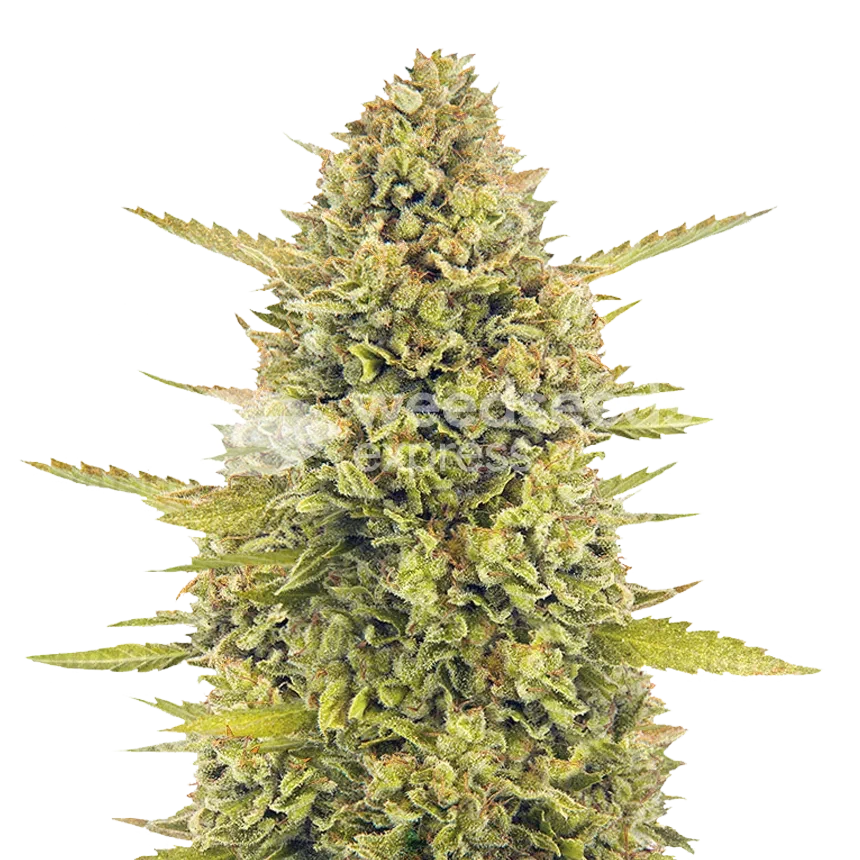
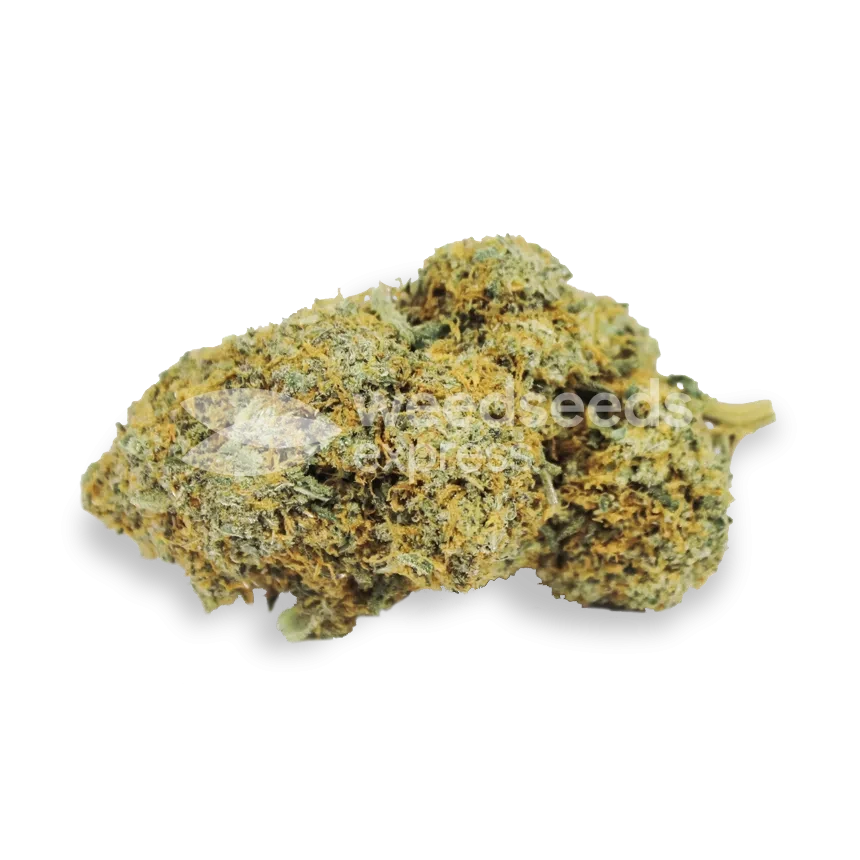
Once a favorite of '60s-era surfers and psychedelic explorers, the Acapulco Gold landrace strain is more than nostalgia, it’s a workhorse. This strain loves long summers and wide-open skies. Grow it in a tropical setting, and you’ll get glittering, gold-flecked buds that reek of earthy spice and burnt toffee. It’s tall, lanky, and not one for indoor tents unless you’ve got cathedral ceilings.
Why it works in the tropics:
It developed in Mexico’s coastal mountains, which mirror tropical rhythms: hot days, moist air, and long seasons to mature those sativa buds.
2. Afghani
Region: Hindu Kush mountains, Afghanistan
Genotype: 100% indica
Flowering Time: Fast (8–9 weeks)
Climate Match: Tropical highlands, dry tropical areas
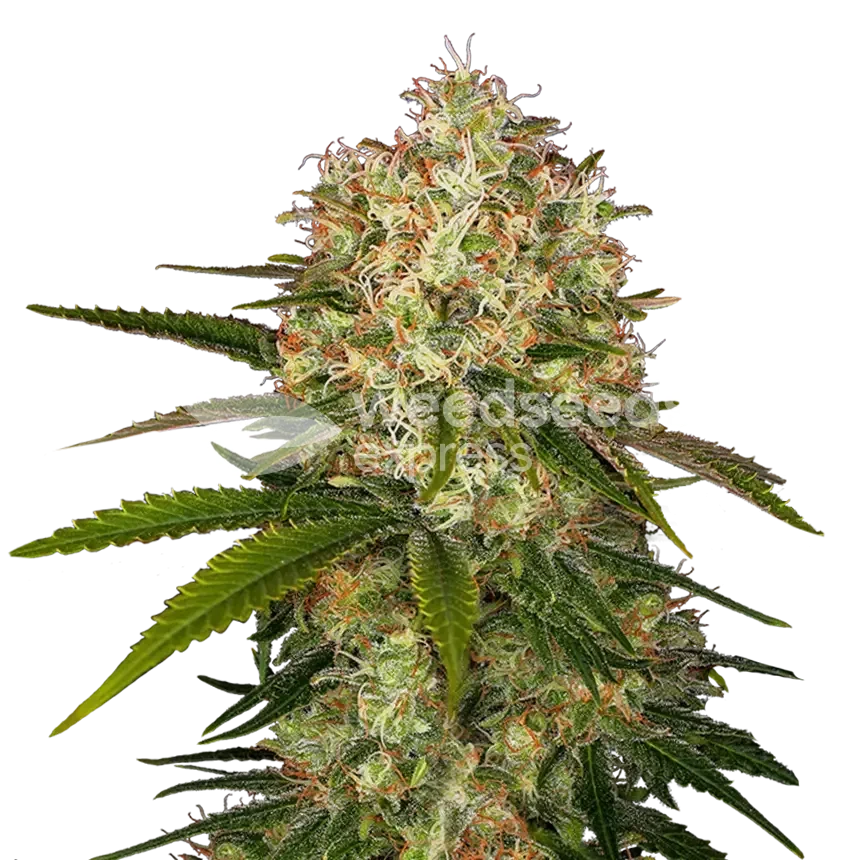
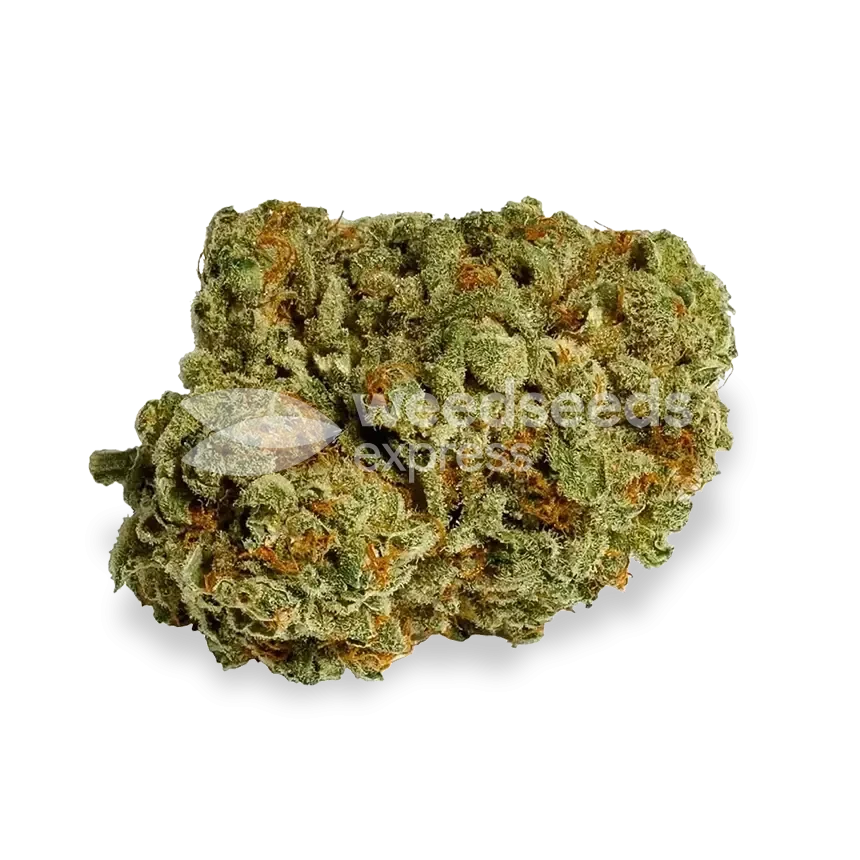
Hold up, yes, the Afghani strain is technically a landrace from a more arid region. But in many tropical highland zones, especially those with cooler nights and drier seasons (like parts of East Africa or Colombia’s interior), this squat, resinous beast does surprisingly well.
Why it works:
Its resilience and short flowering time help dodge the worst of late-season tropical rains. And the narcotic couch-lock? That’s a bonus after hot work in the grow plot.
3. Colombian Gold – Jungle Fuel With a Sunny High
Region: Santa Marta Mountains, Colombia
Genotype: Sativa-dominant
Flowering Time: Long (12–14 weeks)
Climate Match: Wet and wild, like the Colombian rainforest
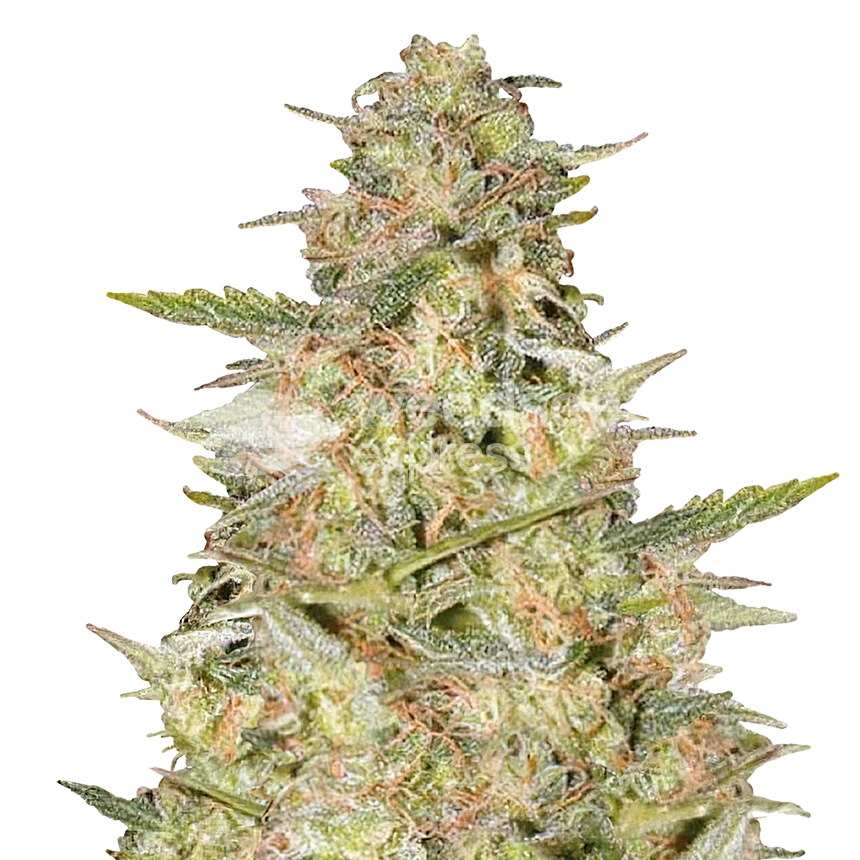
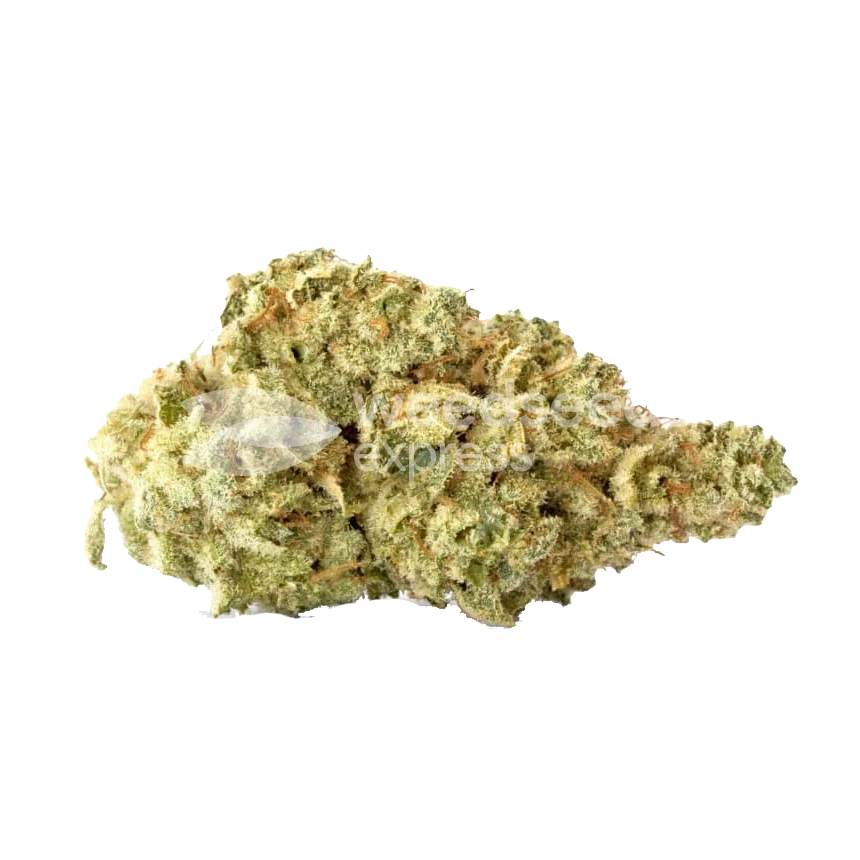
The Colombian Gold strain is pure sunshine in plant form. It stretches skyward with wide internodes and produces bright, lemon-pine buds that sneak up on your frontal lobe with cerebral euphoria. This strain needs long summers and high humidity to hit its full potential.
Why it’s a winner in the tropics:
This plant was built for jungle conditions. Just make sure you’ve got the vertical space and patience.
4. Durban Poison
Region: Durban, South Africa
Genotype: 100% sativa
Flowering Time: Medium (8–10 weeks)
Climate Match: Humid, subtropical coastlines
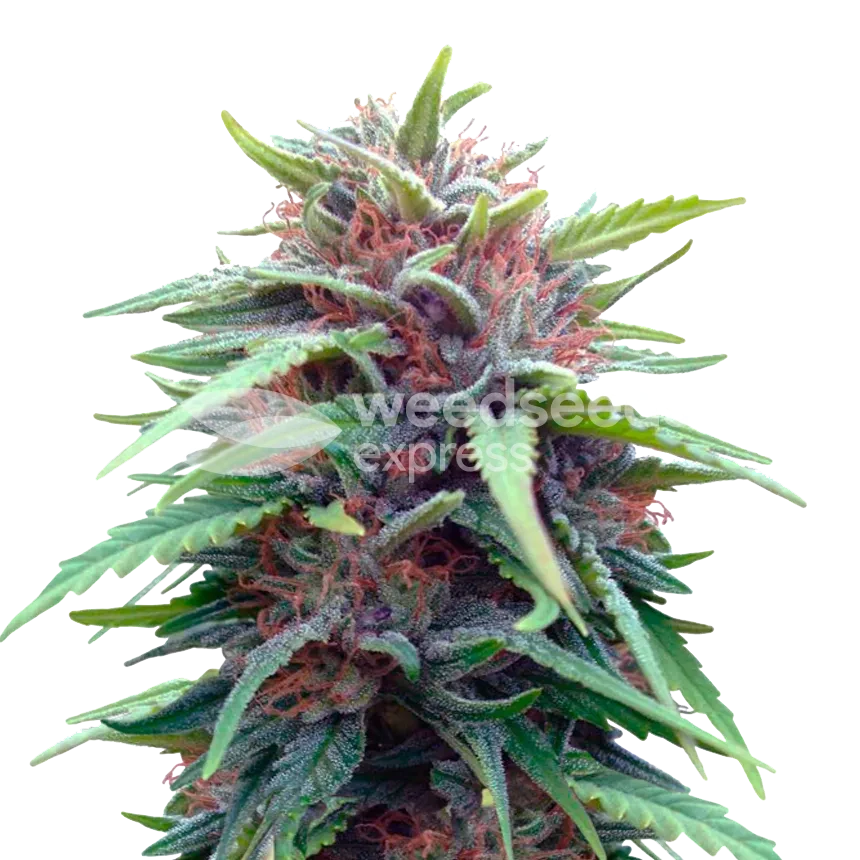
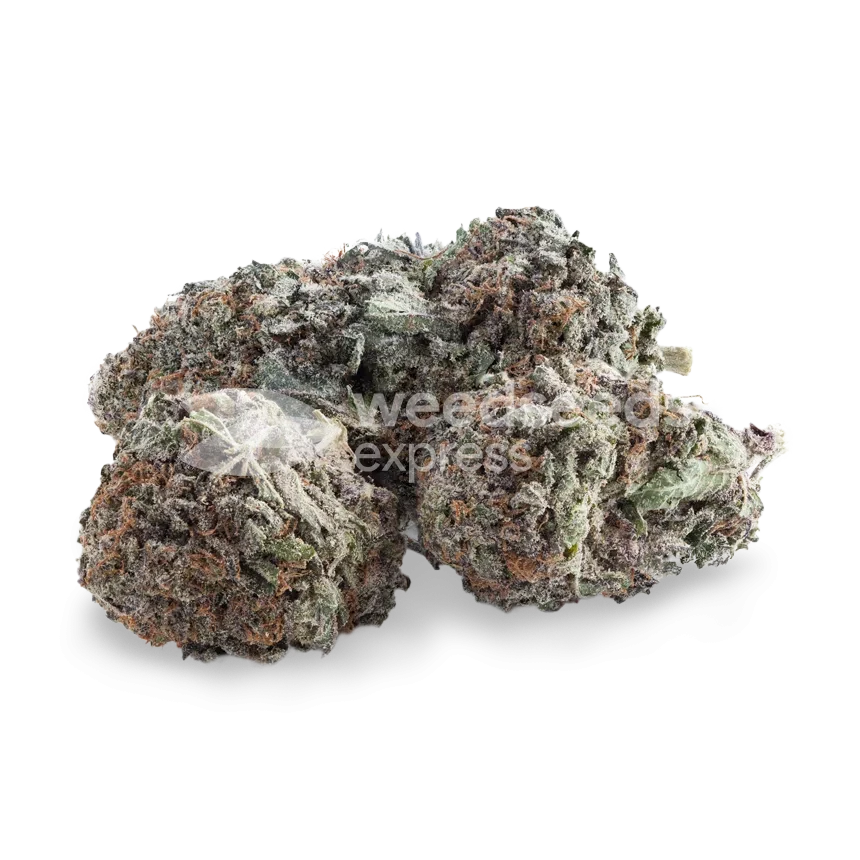
Durban Poison landrace seeds are arguably the most “commercial-ready” landrace sativa. It’s fast (for a sativa), tough, and relatively compact. Grown in a tropical or subtropical setting, it becomes a spear-chucker of sticky buds, sweet, anise-like, and focused AF.
Why it slays in the tropics:
It evolved on Africa’s warm coast, where high humidity and relentless heat are just another day at the office. Expect mold resistance and a harvest you can actually dry without praying to the weather gods.
5. Hindu Kush
Region: Afghanistan/Pakistan border
Genotype: 100% indica
Flowering Time: Quick (7–8 weeks)
Climate Match: Highland tropics, sheltered gardens
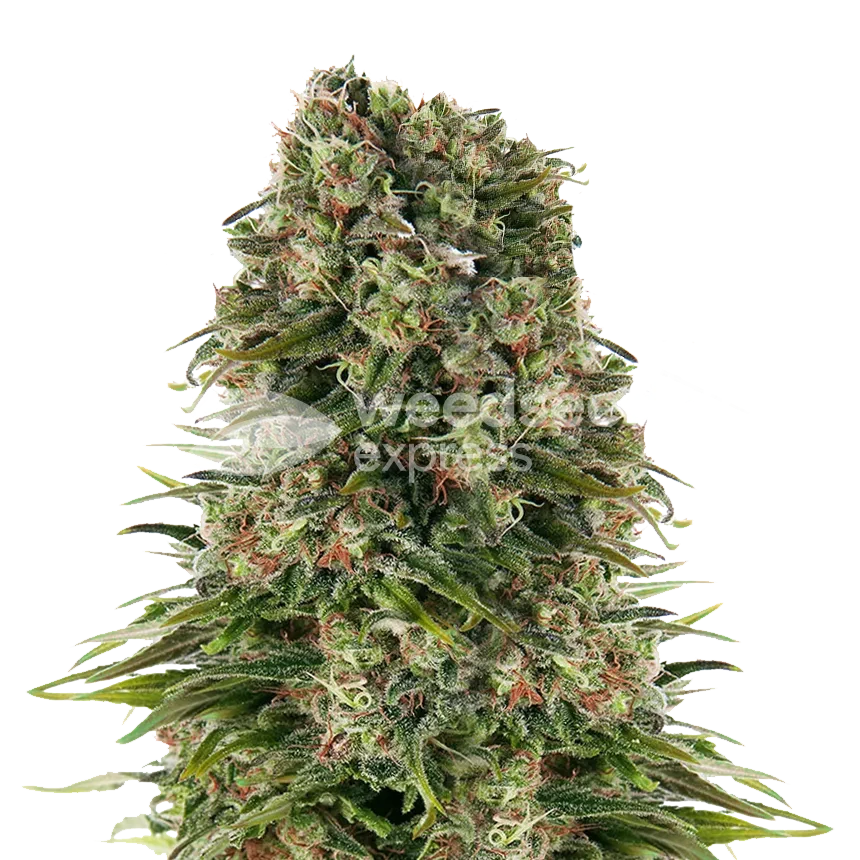
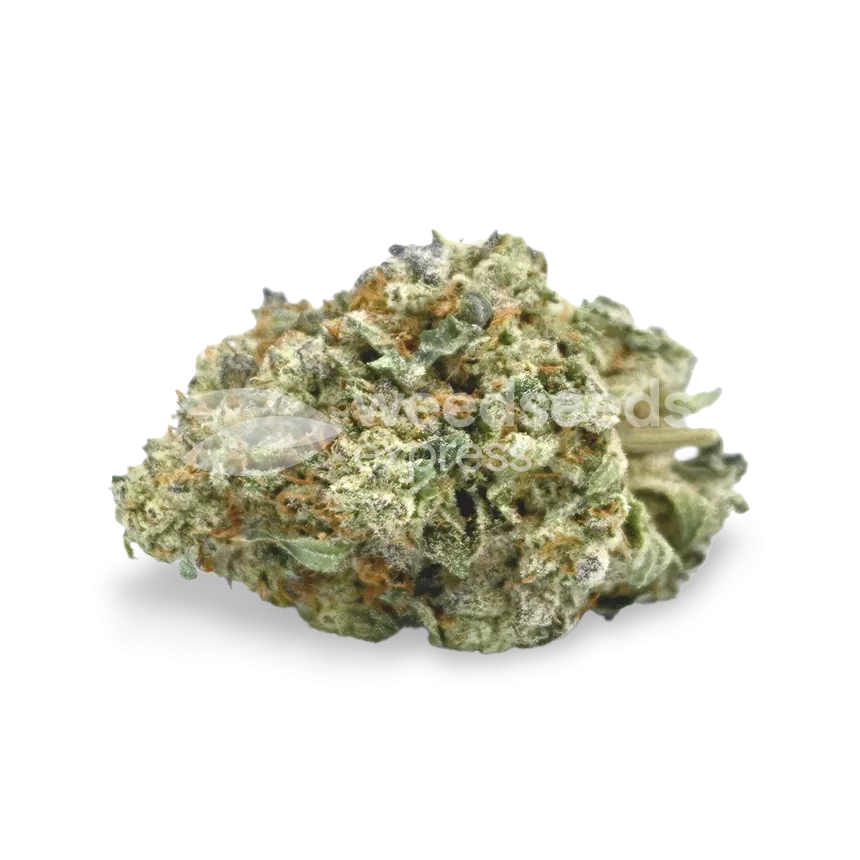
Much like Afghani, Hindu Kush landrace seeds does surprisingly well in specific tropical microclimates, especially upland zones where humidity is tempered and nights are cool. It's stocky, short, and packs on dense buds coated in trichomes.
Why it’s worth your while:
In equatorial regions with elevation (think Jamaica’s Blue Mountains or Hawaiian volcano slopes), Hindu Kush delivers heavy sedative highs and pungent hashy flavors, without requiring a 12-week flowering calendar.
6. Lamb’s Bread
Region: Jamaica
Genotype: 100% sativa
Flowering Time: Long (11–13 weeks)
Climate Match: True tropics, hot, sunny, breezy
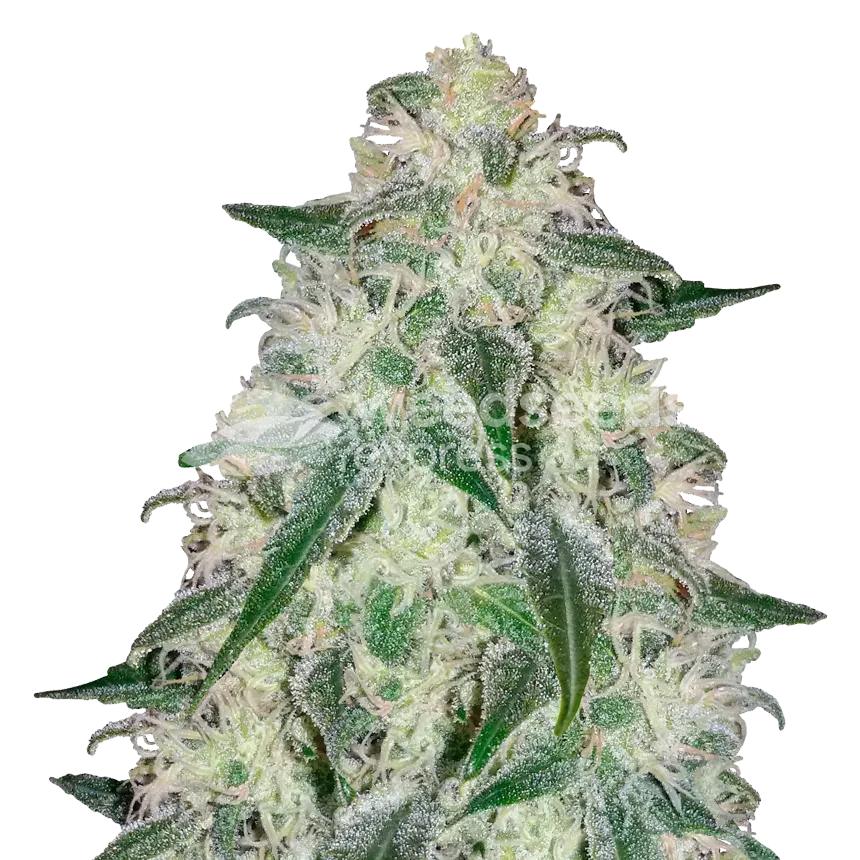

Lamb’s Bread strain is Jamaica’s answer to Colombian Gold. It’s euphoric, energetic, and spiritual. This strain needs heat and lots of light. The high is uplifting and productive, making it a go-to for growers and artists alike.
Why it crushes in the tropics:
It’s built for them. From wind to wetness, Lamb’s Bread shrugs it all off and delivers a high that’s as iconic as reggae itself.
7. Panama Red
Region: Panama
Genotype: Pure sativa
Flowering Time: 11–13 weeks
Climate Match: Tropical rainforests, equatorial hills
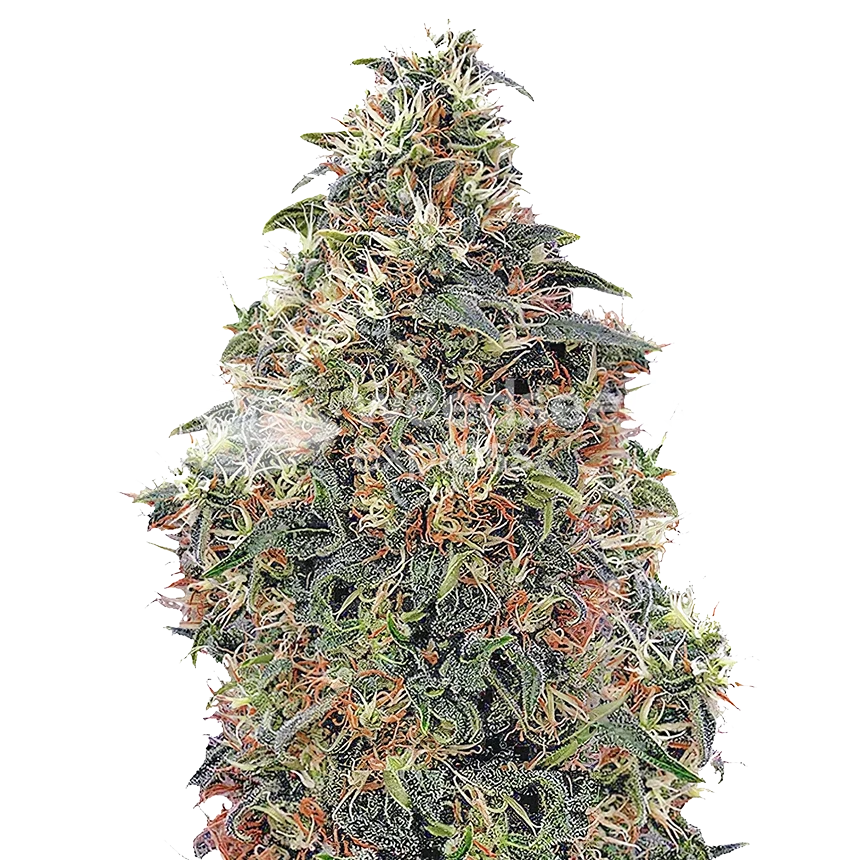
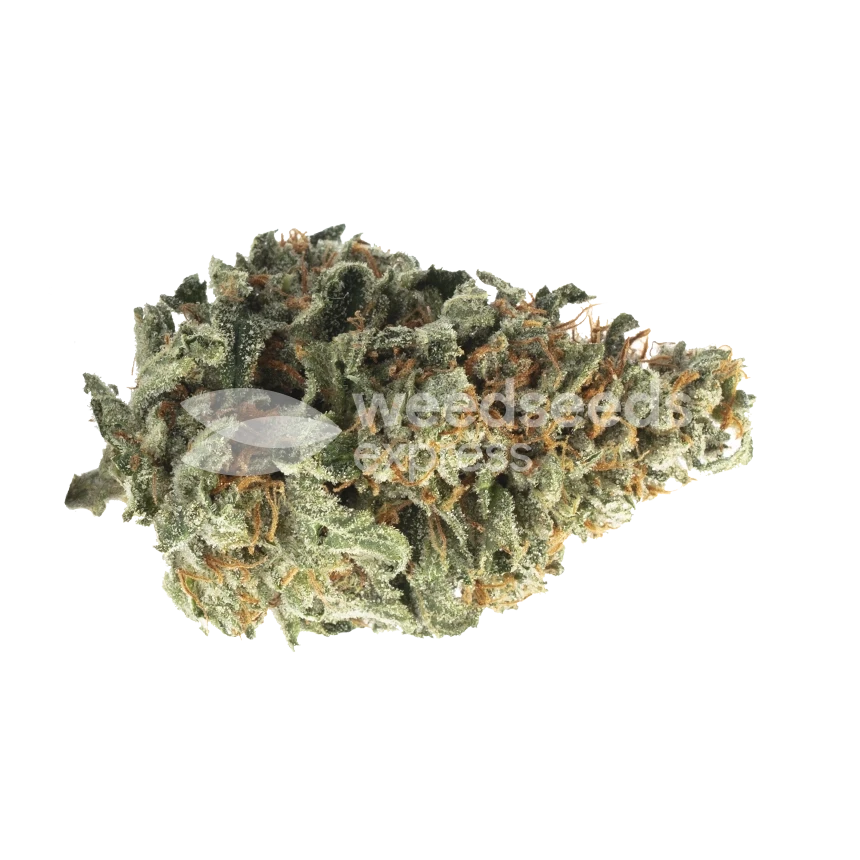
Red hairs, trippy effects, and old-school vibes, Panama Red landrace seeds are a time capsule. It thrives in muggy, warm zones where it can stretch and stack its crimson-speckled buds in peace. This is not a rush job. Expect the full 3+ months of flowering.
Why it earns its spot:
It was forged in Panama’s equatorial heat and grows like it still owns the jungle. In places where modern hybrids might rot, Panama Red just glows.
Pro Tips for Growing Landraces in the Tropics
- Space matters: These sativas get big. Think 3–4 meters tall with long branches. Plan accordingly.
- Time it right: Many flower late and long, so start early to avoid mold from end-of-season rains.
- Mold patrol: Use neem, EM-1, or biologicals like Trichoderma to stay ahead of botrytis and powdery mildew.
- Local knowledge: Ask elders, local growers, or regional forums. Many landraces are still traded seed-to-seed.
Grow Like a Local
Tropical climates demand respect. You’re playing in the big leagues of pest pressure, humidity spikes, and daylength that doesn’t drop below 12 hours. But landraces were made for this. They’ve danced with monsoons, shrugged off heatwaves, and yielded buds that inspired movements, music, and medicine.
So, skip the Cali hybrids and lean into the legacy. These landrace strains don’t just grow in the tropics, they grow with them.








